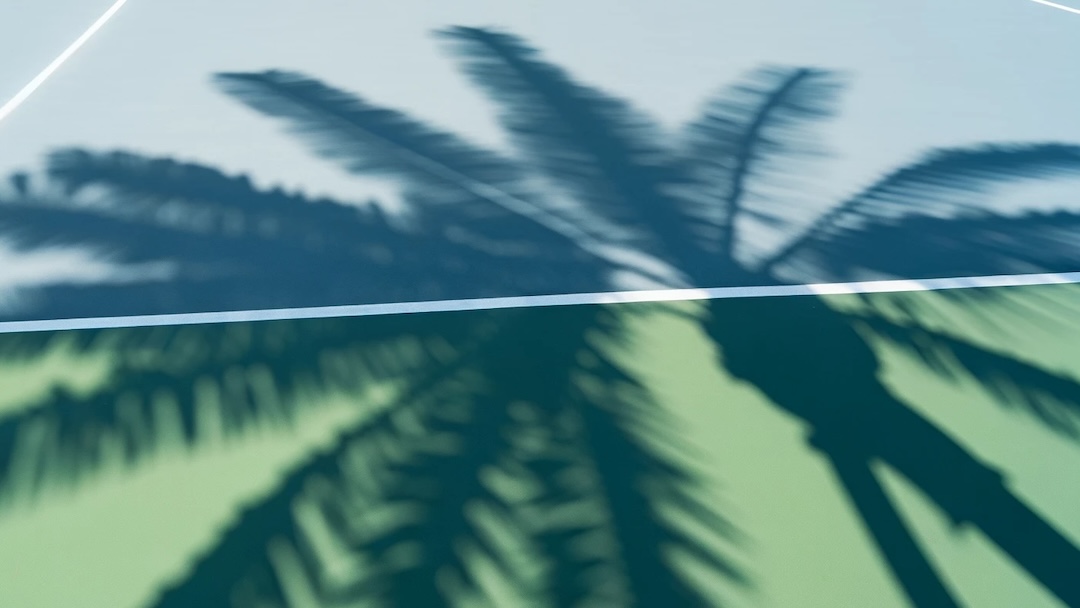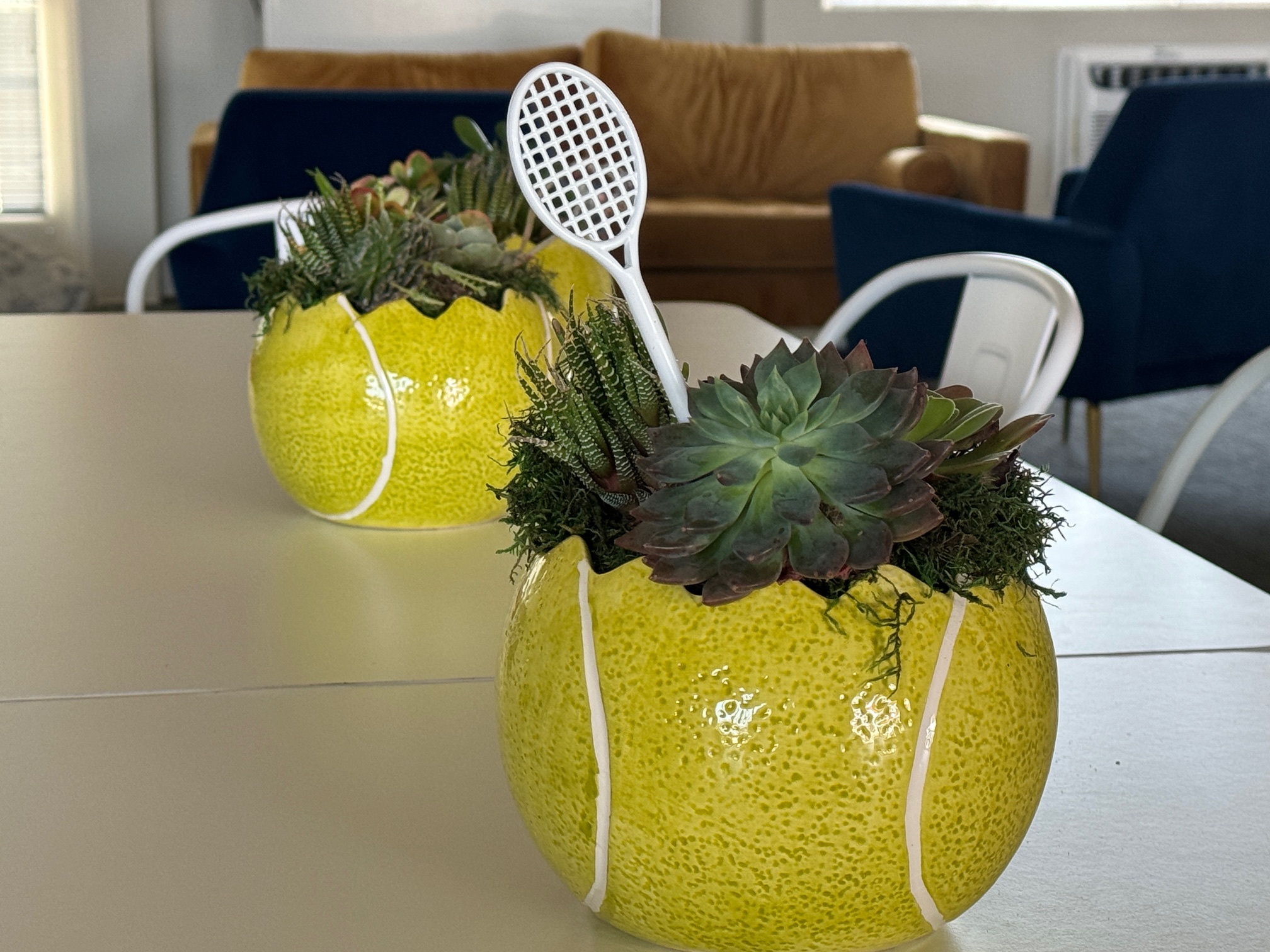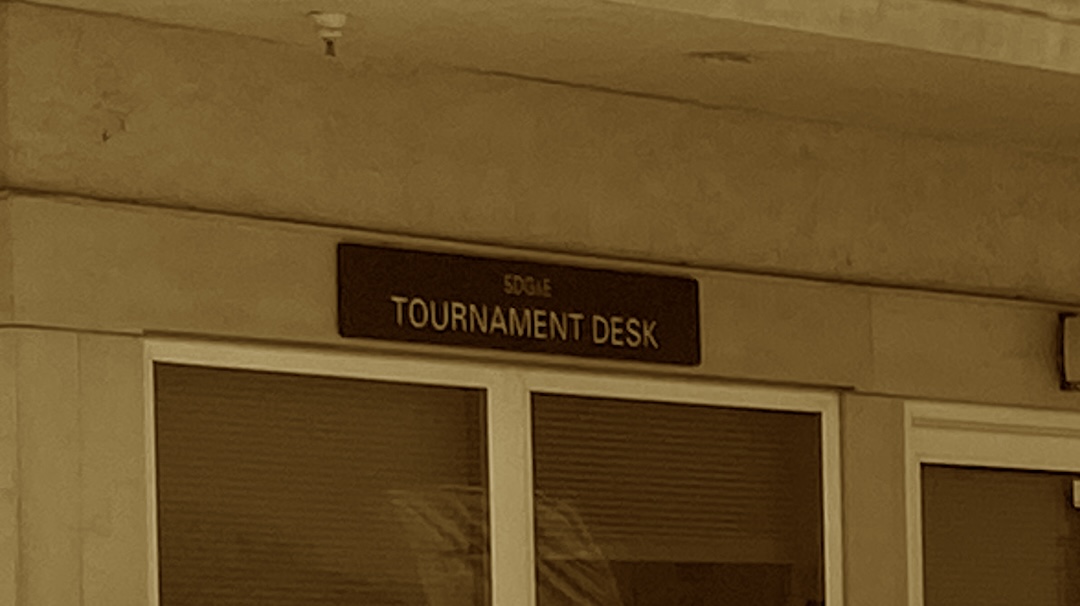I suspect that most players would fail a pop quiz containing questions on the precise dimensions of a tennis court. In the United States, hard courts are the predominant playing surface. Consequently, most players are accustomed to playing on courts with permanently painted lines, and it would never occur to them to verify the dimensions. Even if something was off, there is nothing that could be done about it anyway. Tennis players typically accept each court, as it is laid out.
The lines on clay courts are slightly more dynamic. For grass courts, the lines are routinely moved and reapplied. However, these types of courts are typically only available at higher-end private clubs. In that case, the maintenance staff takes care of it.
Appendix VIII of the ITF Rules of Tennis specifies the dimensions of a tennis court. That appendix also provides guidance for measuring the diagonals to ensure that each corner is precisely 90 degrees.

Although most players will never need to know the precise measurements of a tennis court, it is essential for that information to be codified in the official rules. Otherwise, there would be no way to determine if a court was legal for competition.
As a moderately far-fetched example, the host countries for Davis Cup and Billie Jean King Cup ties routinely select the “best” surface for their players. If they also had the latitude to morph the court dimensions, some national federations might also decide that competing on a larger or smaller court was in their best interest.
The USTA has an excellent “Tennis Facility Assistance” resource page. It includes very detailed information on tennis court construction as well as the maintenance of existing courts. All tennis players should be aware that this information is available because it is supporting information for supporting the construction of new courts.
The reality is that there is a shortage of tennis courts exacerbated by the conversion of existing facilities for pickleball. The time is coming when every tennis player will have to advocate for court construction or maintenance projects. It is important to have the resources that support proactive advocacy close at hand.
Tennis doesn’t happen without well-built courts that are actively maintained. Those courts need to be built in accordance with the ITF Rules of Tennis.
- Friend at Court: The Handbook of Tennis Rules and Regulations, USTA, 2023
- Tennis Facility Assistance, USTA Hosted Resource Page, last viewed April 29, 2023.



